A couple of weeks ago Kristina challenged me to make an exact copy of a photograph by one of my favorite photographers. This simple challenge took me down a very different path than Kristina.
I understand the premise of learning by emulation, and I realize it’s a popular method towards mastery of photography, but it’s a method that makes me very uncomfortable. I have seen too many cases of emulation (especially in the toy photography community) that turn into ownership, to purposefully walk down that road.
So rather than turn away from this challenge, I thought I would give it my own twist. Kristina recently talked about finding inspiration from other artists that think like she does (artists comfortable with breaking the rules) and Mike has been finding inspiration by watching Lynda.com videos on design and typography, so why not get inspired by a different kind of artist, someone who believes like me, that photography is a conceptual medium.
As I was flipping through Why It Does Not Have To Be In Focus I ran across this photo by Keith Arnatt (1930-2008), a conceptual artist, which intrigued me. There has always been a conceit shown by the traditional arts community that photographers where not ‘real’ artists. It seems the Mr Arnatt felt very strongly that this was not the case and spent much of his career championing photography as an art form.
“Making a distinction between, or opposing, artists and photographers is, it strikes me, like making a distinction between, or opposing, food and sausages – surely odd.” – Keith Arnatt
His Trouser-Word Piece, is often accompanied by text from the philosopher J L Austin‘s Sense and Sesibilia, on the concept of what is real. The word real can only be defined by what it’s not, according to the text. How does a ‘real’ duck differ from a duck? Or how does a ‘real” artist differ from an artist? Arnatt’s series obviously has struck a chord with artists because I found several other artists who took this concept and recreated it in their own image. It’s in this spirit of play that I decided to recreate the image with my signature LEGO mini figure.
I think that Arnatt would appreciate the humor of taking his concept that was meant to tweak the chain of the fine art establishment and apply it to another photography genre that works on the fringes of the established photography community. I think he would appreciate the sense of absurdity to treat a plastic toy that’s meant as a stand in for myself in the imaginary world that I inhabit, as real. I feel that this is a fitting homage to his ground breaking work.
I really wanted to have a piece of text to accompany my image, like Arnatt often did, but I didn’t find any suitable philosophical sound bites that fit the bill. My husband encouraged me to write my own words, but I’m not confident enough in my own writing, maybe down the road. But I did find this little nugget that I think is suitable for artists that work in a world that is dominated by toys. I like to think of it as Philosophy from the Nursery.
“What is REAL?” asked the Rabbit one day, when they were lying side by side near the nursery fender, before Nana came to tidy the room. “Does it mean having things that buzz inside you and a stick-out handle?”
“Real isn’t how you are made,” said the Skin Horse. “It’s a thing that happens to you. When a child loves you for a long, long time, not just to play with, but REALLY loves you, then you become Real.” – Margery Williams, The Velveteen Rabbit
I think this is exactly what we have done with our toys. We have loved them into reality. (By this reasoning, Darth Vader is as real a person as Donald Trump.) Which of course begs the question of what kind of sign I would hang around the neck of a toy Batman, Darth Vader or even a Stormtrooper? What characteristics do these imaginary characters posses that makes them ‘real’ to us? (I love taking a deep dive in this esoteric crossroads of photography and philosophy!!)
I realize that how I approached this assignment was not exactly what Kristina expected (sorry friend!), but I enjoyed myself tremendously. I learned about an artist I was not familiar with previously (thank you Mr Arnatt for your ground breaking work!); I learned something about myself (maybe I am a conceptual artist?) and I recreated (somewhat poorly) a famous photo with my own twist.
For me, challenge #2, was a grand success!
Now to figure out what the next challenge will be….
-xxSJC
I want to take a moment to invite you to join us on this journey of discovery that Kristina and I are taking in 2016. These challenges we’re giving ourselves are open to anyone to join. With each challenge I can guarantee you will think about photography like you’ve never had an opportunity to before. In many ways its similar to what you would experience if you were pursuing an art degree from university. By thinking about the concepts that underlie your photographs, you will become a stronger photographer.


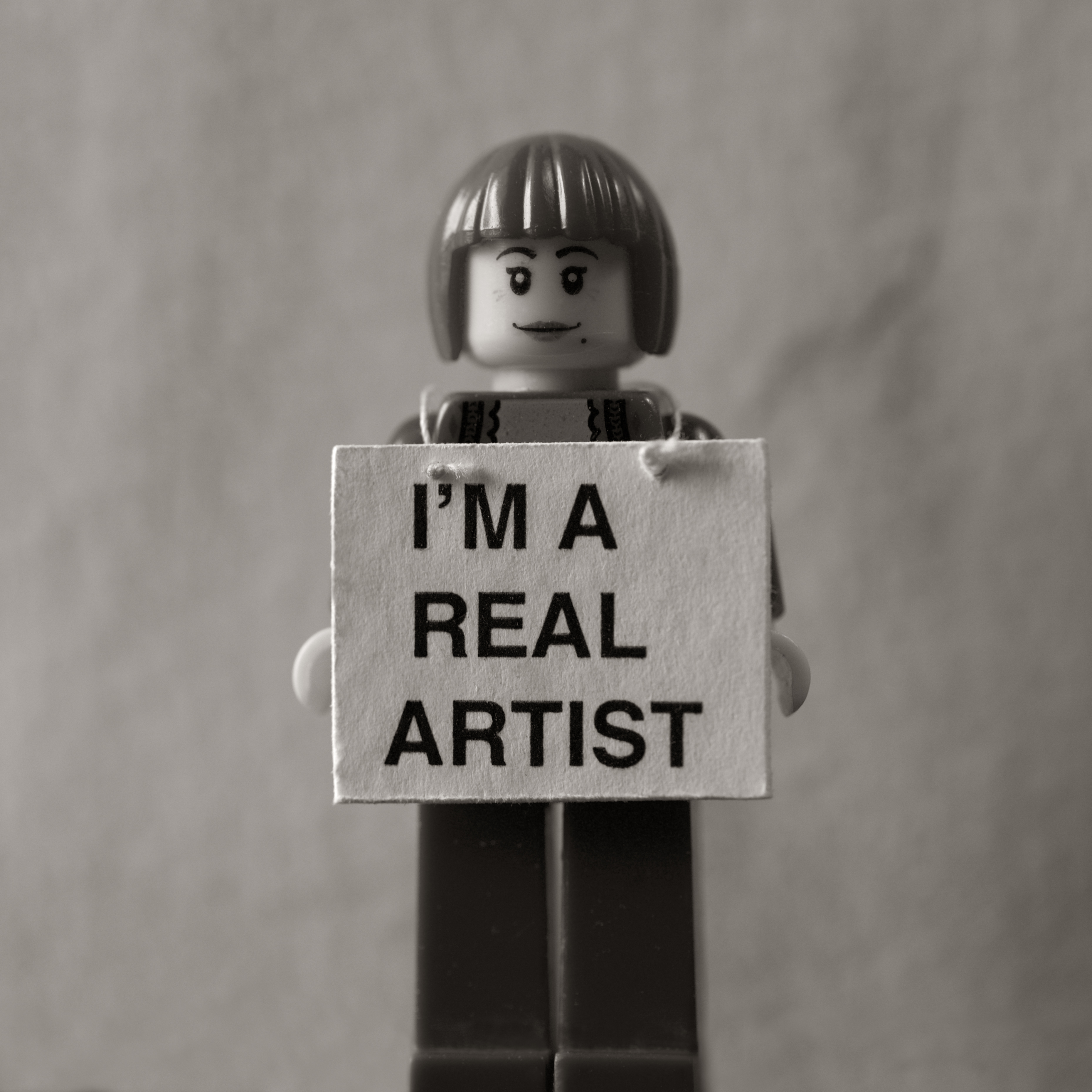

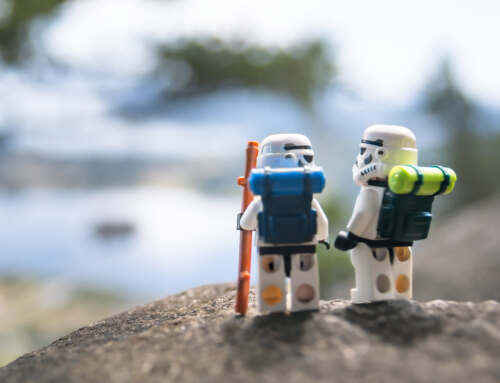
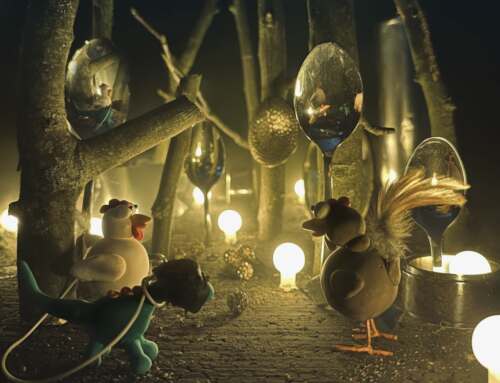
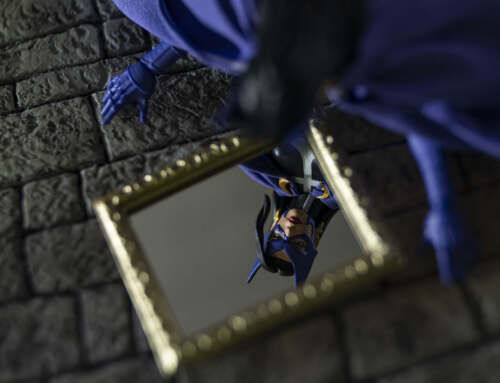
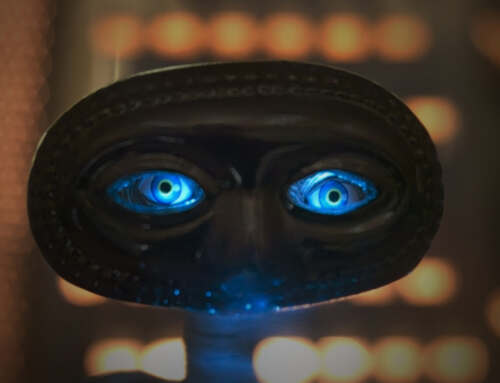
Success!!!!
Great twist and fun! I think it’s an interesting aspect of photography the distinction between art and photography, and the turning point of talking about photography as art 🙂
I believe strongly in learning by making copies and reflecting on it. We don’t own a technic or an idea. They are free, and as you has said: “steal like an artist”. Making bad or good copies, exact copies are just that- learning or borrowing others ideas. When we can separate ourselves from our inspiration, we can find who we are as photographers – what is me, you… and excises like this challenge is one way of trying to find what is me. My way of doing photography compared with another photographer?
It is like you and Vesa Lehtimäki said to me there is almost impossible to make an exact copy…even for the photographer that took the original picture.
My belief i strong in that we learn by imitating – and we need to do that by looking/trying to do what others photographers, painters, writers, moviemakers, legodesigners have done before us.
I really like your picture, funny and creative.
Thanks Kristina, I think this was a very successful exercise for us both! I believe that to be a good photographer you need to be a good observer. This was a great exercise to see what it takes to really look at a photograph to see what it’s their – be it on the surface or in the subtext. I hope others will take up the challenge, because it really was a lot of fun as well as a great learning experience! Shelly
I have nerver been thinking of myself as an “artist”. And I think I know why. I have always seen the ‘real’ artist’s work as to strange for me, (the stranger the art the greater the artist) and that doesn’t speak to me at all. And mostly shooting macro of plants well..I have nerver seen a macroshot get as much praise as an all black painting. Perhaps it is me who don’t get, perhaps I’m not ‘smart’ enough to understand it. But it just doesn’t speak to me. Give me a natureshot and I’m in love 😉
Sorry if I have stept on someones toes but I had to share my view of it.
/Stefan K
Stefan there is no reason to apologize for your views. In fact I am sure the majority of art patrons would agree with you. That’s why I loved discovering Keith Arnatt, because he didn’t believe there was any such thing as a “real artist”. What characteristic could possibly distinguish an artist from a real artist? Absolutely nothing! It doesn’t matter if an artist is producing an all black painting or a macro shot of nature – it’s all art produced by artists. Whether a small sub set of art patrons (read critics and gallery curators) decides to label it as ‘art’…doesn’t really matter in the long run. As artists we make what we want, and if we make it well and we reach out to the community, we will find an appreciative audience. So I say, enjoy the art that speaks to you and support it as best you can. Because I know that the artist who made it will appreciate it. Shelly xo
I hear you and I will go my own way in photography. Perhaps I am a “artist” in my own way. I do it for myself and sometimes to make others smile. And if I do see someones else work I really like I let them know
/Stefan K